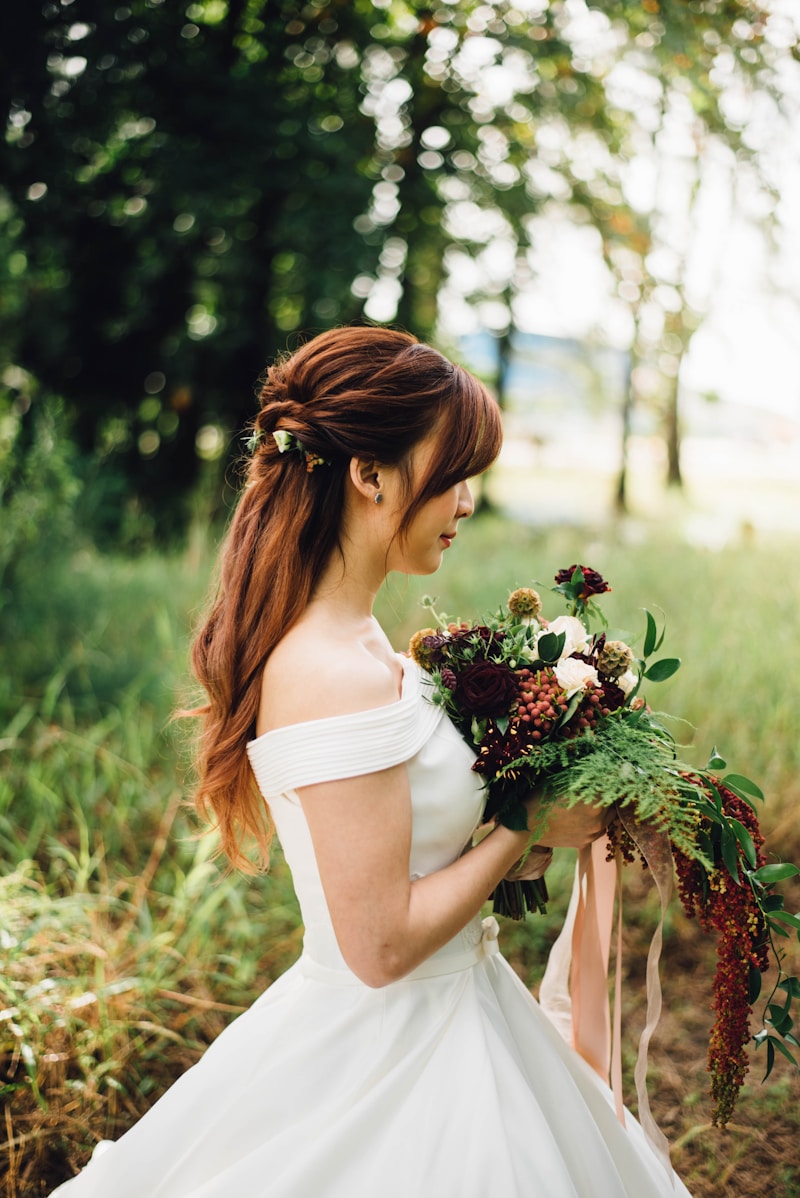Mastering Tailoring Techniques for Wedding Attire: A Comprehensive Guide
When it comes to planning a wedding, the attire worn by the bride, groom, and guests plays a crucial role in creating the perfect ambiance. Tailoring techniques for wedding attire are essential for achieving that flawless look that every couple dreams of on their big day. This article delves deep into the various tailoring techniques specifically for wedding attire, providing insights, tips, and a comprehensive understanding of this important aspect of wedding preparations.
The Importance of Tailoring in Wedding Attire
Tailoring is an art that transforms fabric into a beautifully fitting garment. For wedding attire, flawless tailoring is vital as it enhances the wearer's appearance, ensures comfort, and exemplifies one’s personal style. Here are several reasons why tailoring is so important:
- Perfect Fit: Tailoring ensures that the wedding attire fits the wearer perfectly, highlighting their best features while providing the necessary comfort for long hours on the big day.
- Personal Touch: Tailoring allows for customization, enabling couples to personalize their wedding outfits, making them unique to their individual styles.
- Quality Craftsmanship: Professional tailors bring quality and attention to detail that off-the-rack garments often lack. This craftsmanship is particularly vital for special occasions such as weddings.
Popular Tailoring Techniques for Wedding Attire
Different tailoring techniques can be applied to wedding attire, depending on the style of the garment and the desired outcome. Here are some of the most popular techniques:
1. Draping
Draping is a technique where fabric is arranged and pinned on a dress form to create a desired look before it is sewn. This method is especially popular for Wedding gowns that utilize flowing fabrics such as silk or chiffon. Draping allows for creativity, enabling designers to develop intricate styles and silhouettes.
2. Fitting
Fitting is crucial in tailoring, usually occurring multiple times before the final garment is completed. The process involves trying on the garment to make necessary adjustments, ensuring the perfect fit. For wedding attire, this is a key step that cannot be overlooked.
3. Boning
Boning adds structure and support to Wedding gowns, particularly those with corsets or other fitted bodices. This technique helps keep the garment in place and provides a flattering silhouette.
4. Hemming
Hemming is the process of shortening or lengthening the fabric's edge to create a polished finish. It is particularly important for Wedding dresses and suits, as the length can significantly affect the overall look.
Choosing the Right Fabric for Wedding Attire
The fabric chosen for wedding attire significantly impacts both the look and feel of the garment. Here are some popular fabrics used in wedding attire and their characteristics:
| Fabric | Characteristics |
| Satin | Luxurious, smooth, and shiny; ideal for formal gowns. |
| Chiffon | Lightweight, airy, and perfect for flowing dresses. |
| Lace | Elegant and intricate; used for overlays and detailing. |
| Silk | Soft and breathable; gives a romantic and timeless feel. |
| Organza | Stiff and sheer; often used for overlays or decorative layers. |
FAQs about Tailoring Techniques for Wedding Attire
Many people have questions regarding tailoring techniques for wedding attire. Here are some common inquiries:
1. How long does it take to tailor wedding attire?
The tailoring process can take several weeks, depending on the complexity of the garment and the tailor's workload. It is advisable to start the process at least 2-3 months before the wedding.
2. Can I tailor a purchased wedding gown?
Yes, most purchased Wedding gowns can be tailored to fit the buyer. It is essential to work with a skilled tailor who specializes in wedding attire to achieve the best results.
3. How much should I expect to spend on tailoring?
The cost of tailoring can vary widely based on location, the complexity of work, and the fabric used. On average, couples may spend between $200 and $500 on alterations for wedding attire.
4. What should I bring to my fitting appointment?
When attending a fitting appointment, it is advisable to bring the shoes you plan to wear on your wedding day, as well as any undergarments that will be worn with the attire, to ensure accurate alterations.
Summary: Key Takeaways and Recommendations
In conclusion, mastering tailoring techniques for wedding attire is essential for achieving a stunning result on your special day. By understanding the importance of tailoring, familiarizing yourself with popular techniques, and selecting the right fabric, you can ensure that your wedding attire is both beautiful and comfortable. Remember to schedule fittings ahead of time and communicate closely with your tailor to achieve the best fit possible. With careful planning and attention to detail, you can create wedding attire that reflects your individual style and makes for unforgettable memories.
